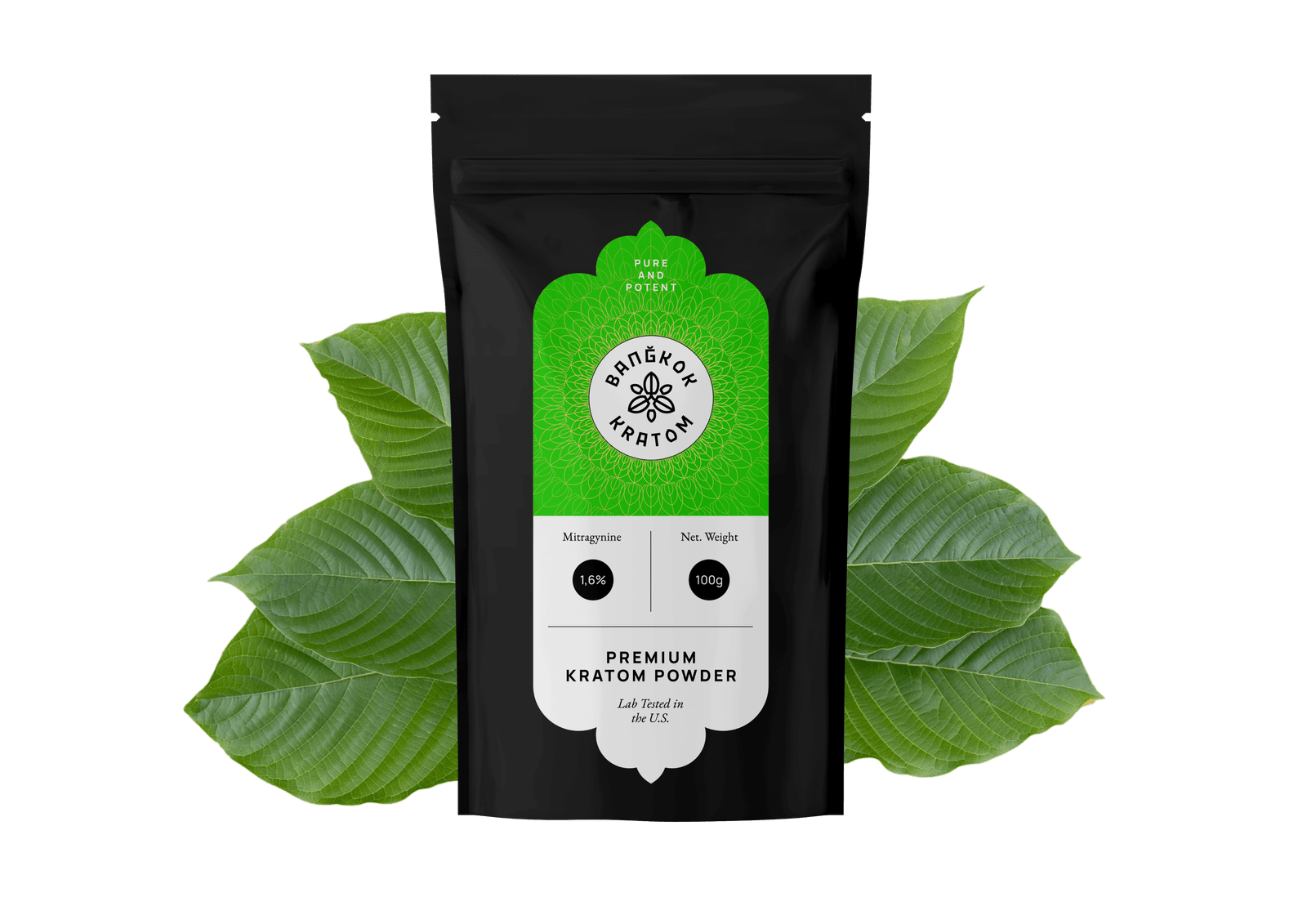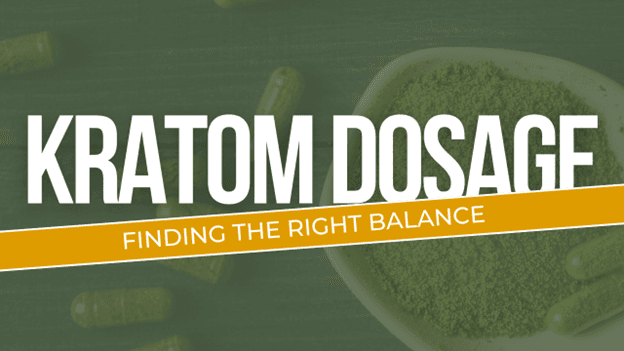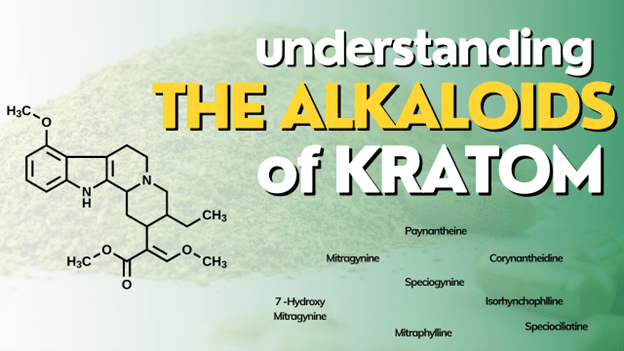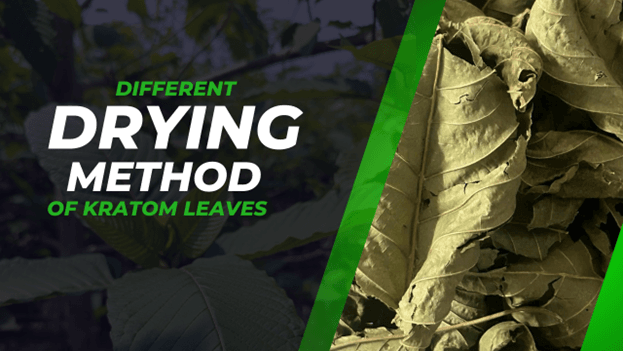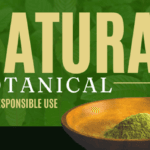
Natural Botanical – With Responsible Use
November 18, 2024
Different Drying Method Of Kratom Leaves
November 18, 2024Kratom Vein Colors: Separating Facts from Myths
Understanding Kratom Vein Colors: Facts, Myths & Key Considerations
Discover the truth about kratom vein colors and why purity and potency are more important than vein color in determining effects.
Introduction: Debunking the Myths About Kratom Vein Colors
Kratom is well-known for its potential benefits, yet one area often surrounded by confusion is its vein colors. Many assume that red, green, and white veins signify different effects, but research shows otherwise. This article clarifies the real significance behind kratom vein colors, clears up common misconceptions, and explains why factors like purity and potency are what truly matter.
What Do Kratom Vein Colors Represent?
Kratom, derived from the Mitragyna speciosa tree, is often categorized by vein color: red, green, or white. These colors have traditionally been associated with specific effects:
- Red Vein – Believed to promote relaxation
- Green Vein – Known for balanced effects
- White Vein – Thought to be stimulating
However, scientific studies indicate that vein color alone doesn’t dictate kratom’s effects. Remarkably, a single kratom tree can produce leaves with all three vein colors simultaneously, and these colors can even change as the leaf matures.
Key takeaway: Vein color doesn’t reliably indicate alkaloid content, which is what actually influences kratom’s effects.
Vein Color and Alkaloid Levels: What the Research Reveals
Contrary to popular belief, vein color has minimal impact on alkaloid levels, specifically mitragynine and 7-hydroxymitragynine, which are the main compounds influencing kratom’s effects. A recent study in the International Journal of Environmental Research and Public Health highlights that alkaloid profiles remain stable across vein colors when accounting for factors like geographic origin and processing techniques. This research suggests that the drying process and how kratom is harvested are more critical in determining its final effects.
Related Content: Check out “Kratom’s Alkaloid Profile: Exploring the Compounds Behind Its Unique Effects” for a deeper dive into alkaloids’ impact on kratom.
What Really Matters in Kratom: Purity and Potency
If vein color doesn’t reliably predict effects, what should you look for when choosing kratom? Two essential factors make the biggest difference: purity and potency.
1. Purity
Quality kratom should be free of contaminants such as heavy metals, bacteria, and other impurities. Reputable suppliers often take steps to remove stems, which have lower alkaloid content and may harbor contaminants, ensuring a purer, more effective kratom powder.
2. Potency
Potency refers to the concentration of active alkaloids. The drying and processing methods used have a significant impact on potency. For example, various drying techniques can result in kratom powders that appear red, green, or white, but these colors often reflect processing choices rather than actual effects.
The Science of Alkaloid Consistency in Kratom
Research shows that mitragynine and 7-hydroxymitragynine levels are largely consistent across red, green, and white vein leaves. A 2018 study published in Psychopharmacology noted that vein color has little bearing on a leaf’s chemical makeup. Instead, geographic origin and drying techniques have a greater influence on alkaloid content.
Important Note: Many vendors use vein color as a marketing strategy to attract specific preferences. However, the actual drying and processing methods are what impact kratom’s quality and potency.
Why Vein Color Shouldn’t Be Your Main Concern
The belief that kratom vein colors indicate specific effects is more myth than fact. Research consistently shows no significant differences in alkaloid concentrations between red, green, and white vein leaves. Instead, prioritize kratom’s quality by focusing on factors like purity and potency to ensure a safe and consistent experience.
When choosing kratom, opt for reputable vendors who practice high-quality processing techniques and prioritize removing contaminants. This results in kratom powder that is pure, potent, and reliable—regardless of vein color.
Conclusion: Focus on Quality, Not Color
While kratom vein colors may be appealing or useful for general categorization, they don’t hold the key to kratom’s true effects. The real factors that influence your experience are the plant’s purity and potency, determined by responsible harvesting, drying, and processing methods. High-quality kratom results from a careful production process that emphasizes cleanliness and consistency rather than just appearance.
When choosing kratom, look beyond the color labels and seek out reputable vendors who prioritize quality. By doing so, you’ll be selecting kratom that is not only safe but also delivers consistent and effective results—no matter if it’s labeled as red, green, or white.
References
- Cinosi, E., et al. (2015). "Mitragyna speciosa: The Emerging Risk of Abuse". Frontiers in Psychiatry, 6:43. DOI: 10.3389/fpsyt.2015.00043
- Henningfield, J.E., Fant, R.V., & Wang, D.W. (2018). "The Abuse Potential of Kratom According to the 8 Factors of the Controlled Substances Act". Psychopharmacology, 235: 573-589. DOI: 10.1007/s00213-017-4813-4
- Warner, M.L., et al. (2023). "Alkaloid Profiles in Kratom Vein Varieties: A Comparative Analysis". International Journal of Environmental Research and Public Health, 20(14), 6425. DOI: 10.3390/ijerph20146425
- Prozialeck, W.C., et al. (2012). "Pharmacology of Kratom: An Emerging Botanical Agent with Stimulant, Analgesic and Opioid-Like Effects". Journal of Medicinal Chemistry, 55(9), 4057-4063. DOI: 10.1021/jm3001137
Disclaimer
The content provided in this blog is for informational purposes only and based on publicly available scientific research and personal opinions. It is not intended as a substitute for professional medical advice, diagnosis, or treatment. Always seek the advice of your physician or a qualified healthcare provider for any medical concerns. Do not disregard professional advice or delay seeking it because of something read here.
Use at Your Own Risk:
All information presented is used at the reader’s discretion. The author is not responsible for any outcomes, damages, or losses resulting from the use of this information. Always consult with a professional before making decisions related to your health, legal matters, or financial investments.
No Guarantees of Accuracy:
Efforts have been made to ensure the accuracy of this information. However, research on kratom and related topics is ongoing. This blog does not guarantee the completeness, reliability, or accuracy of its information.
Not a Substitute for Legal or Professional Advice:
This blog does not provide legal or medical advice. For such services, consult with qualified professionals.
Product Endorsement:
Mentions of specific products or third-party websites do not imply endorsement, recommendation, or guarantee of quality. External links are provided for convenience, and the author is not responsible for external content.
Legal Liability:
To the fullest extent of the law, the author disclaims liability for any direct, indirect, or consequential losses resulting from the use of this content, including but not limited to legal disputes or health issues.
Comments and User-Generated Content:
User comments reflect their views, not the author’s. The author reserves the right to edit or remove comments deemed inappropriate.

